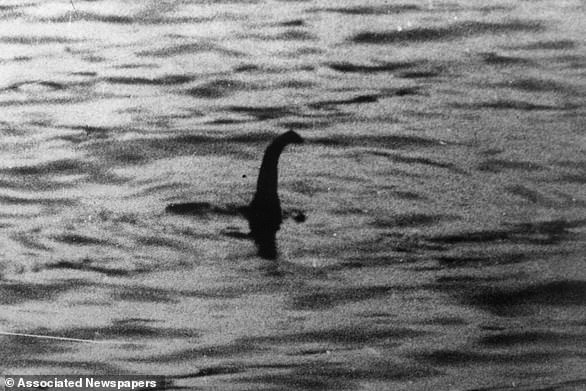Nessie spotters are telling the truth and really do see something in the loch, a jaw-dropping new study has revealed.
But those who describe a monster with a long body forming hoops above the water may be telling porkies, the paper suggests.
Experts made their findings while examining whether Nessie sightings were influenced by popular depictions of the mythical monster.
What they discovered was that the stereotypical Nessie – with her body looping above the loch – is only described in a small number of sightings.
And that suggests that most witnesses are being truthful, according to Charles Paxton, a statistician at the University of St Andrews, and co-author of the study.
Dr Paxton said: ‘The wider conclusion is that it would be wrong for people to assume that people are just making up their experiences
‘I’m sure there are liars and exaggerators and things like that, but I also think that most people are reporting their own experiences.
‘That doesn’t mean there actually is a Loch Ness Monster, but I think witnesses, broadly speaking, are telling the truth as they’ve experienced it.’
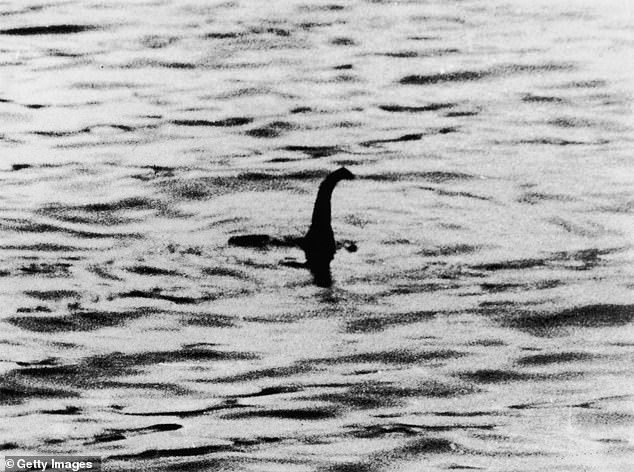
The existence of Scotland’s legendary Loch Ness Monster has been hotly-debated for nearly a century
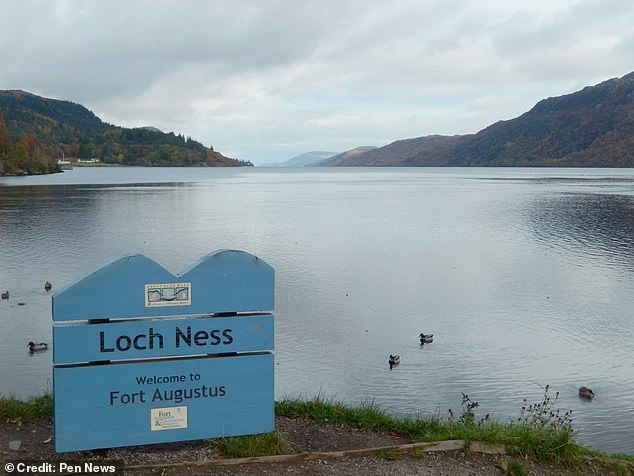
The loch, in the Scottish Highlands, has become synonymous with the legendary creature. The modern fascination with Nessie began in April 1933, when Aldie Mackay reported seeing a whale-like creature in the loch
To see how Nessie is portrayed in popular culture, the team examined postcards depicting the mythical monster.
They found that roughly 30 per cent of the sample group depicted the creature with its body looping in and out of the water.
Yet only 1.5 per cent of sightings described Nessie this way.
Dr Paxton said: ‘There is a mismatch there.
‘And that kind of implies to me that the witnesses aren’t necessarily being influenced by this imagery that they see in every souvenir shop around the loch.’
Those few sightings which do describe a ‘hooped’ Nessie are false, the researchers believe.
For one thing, such a creature is ‘biologically impossible’, Dr Paxton said.
‘It’s a really inefficient way to move through water,’ he explained.
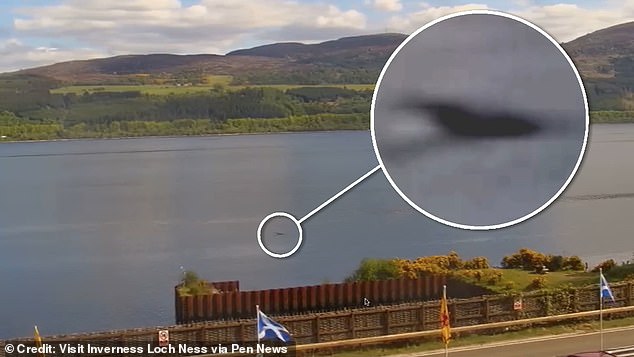
This is the ‘spectacular’ moment a baby Nessie devours its prey, revealing its long neck and hump above the water, a monster hunter claims
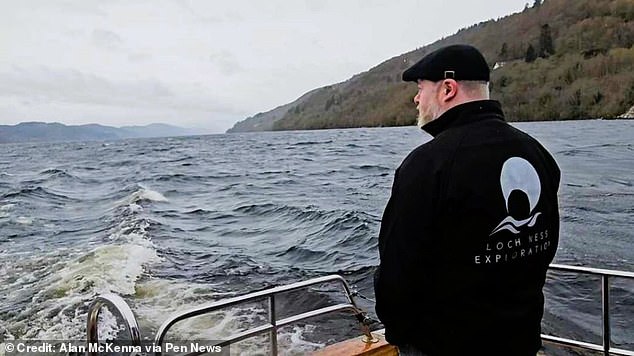
Some people, such as Alan McKenna, founder of Loch Ness Exploration (LNE), believes elusive ‘standing waves’ might explain sightings of the mythical monster
‘And so if people report that, they’re at best mistaken or they’re telling untruths.’
Dr Paxton’s co-author, the naturalist Adrian Shine, added: ‘Basically serpents undulate laterally – horizontally – as they move through the water.
‘And of course they can derive some traction from that, but not if these loops are coming out of the water.
‘As a means of progression in water, it’s impossible. There’s nothing to push against.’
Mr Shine, a fellow of the Royal Geographical Society and founder of the Loch Ness Project, says he is a ‘sympathetic sceptic’ when it comes to the monster.
But he says the study lends credibility to those who claim to have seen Nessie.
He said: ‘Since they are not reporting the loops, which are the stereotypical depiction, their testimony is more likely to be true, sincere and well-observed than not.’
He added: ‘Our findings lend credibility to the witnesses. The burden of the paper is that the witnesses are not being influenced by the popular stereotype.’
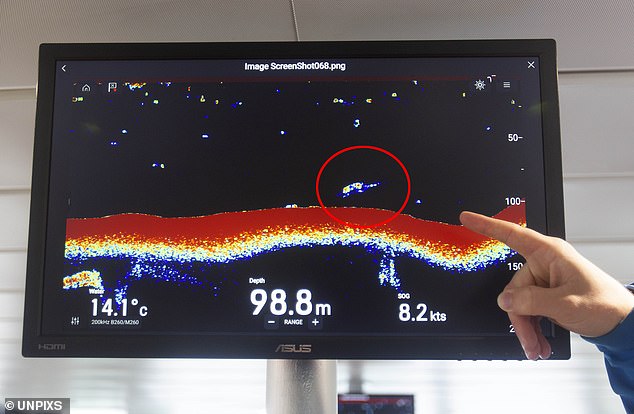
Sonar has previously indicated that a large object was lurking at a depth of around 98-metres in the famous loch, described by a stunned skipper as ‘the biggest thing I’ve ever seen’
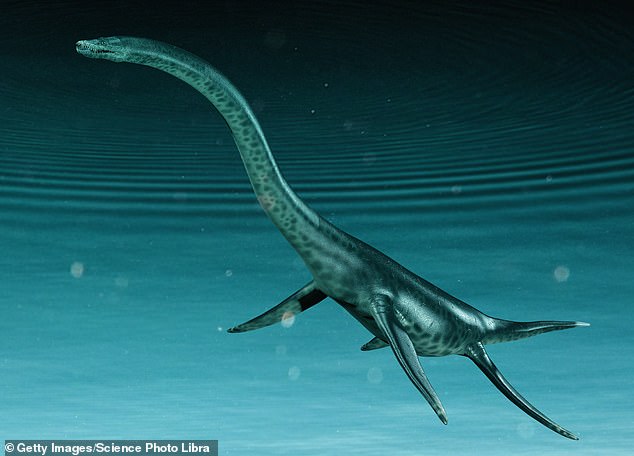
The mythical creature has captured the attention of people around the world for decades (artist’s impression)
Yet he remains doubtful that any mythical monster is behind the sightings.
The true cause could be a mixture of boat wakes and birds, among other things.
Dr Paxton was more circumspect on the Nessie debate.
‘I think the Loch Ness Monster exists as a reported phenomenon,’ he said.
The new study was published in the journal Endeavour.

